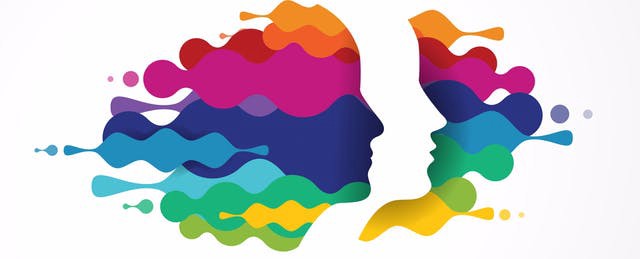
Notes on Usability Engineering
Notes on Nielson’s Usability Engineering, including the definition of usability and usability trade-offs.
Definition of Usability
- Usability is measured relative to certain users and certain tasks
- Utility vs. Usefulness
- Utility: can the functionality of the system in principle do what is needed
- Usefulness: can the users use the functionality of the system well
- Learnability: easy to learn so users can quickly get some work done
- Learning curve presents a continuous series of improved user performance, not a dichotomous “learned”/“not learned” distinction
- However, it is still common to define a certain level of performance with the user being able to complete a certain task successfully (may be under a time constraint)
- Users do not usually fully learn the interface before starting to use it
- As such, we should not measure how long it takes to master a system, but how long it takes to achieve a sufficient level of proficiency to do useful work
- 4 of 6 highest rated usability characteristics by business professionals
- Easy-to-understand error messages
- Possible to do useful work before having learned everything
- Availability of undo
- Confirming before execution of risky commands
- Efficiency: once user learns the system, a high level of productivity is possible
- To measure: define what expertise entails, get a representative sample of expert users, measure the time it takes these users to perform some typical test task
- Memorability: casual user is able to return to the system without needing to relearn everything after not using it for some time
- Casual use is typically seen for utility programs that are used intermittently under exceptional circumstances (e.g. programs for making a quarterly report)
- How to test: 2 ways
- Perform a standard user test with casual users who have been away from the system for a specified amount of time
- Preferred: most representative of the reason we want to make the system memorable in the first place
- Conduct a memory test with users after they finish a test session and ask them to explain what various commands are and what they do
- Problematic: modern systems are so visible that they remind users when necessary—users do not need to actively remember what is available
- Perform a standard user test with casual users who have been away from the system for a specified amount of time
- Errors: low error rate, easy to recover from errors, absolutely no catastrophic errors
- Catastrophic errors
- Those not discovered by the user, leading to faulty work product
- Those destructive to user’s work, which are difficult to recover from
- Catastrophic errors
- Satisfaction: user is subjectively satisfied when using the system
- Especially important for systems used on a discretionary basis in non-work environment: home computing, games, interactive fiction, creative painting, etc. There is no additional goal other than entertainment
- May be impacted by the user’s attitude towards the hardware hosting the interface
- How to measure: ask the user
- Short questionnaire given to users as part of the debriefing session after user testing
- Approachability: closely related to the peak difficulty the user experiences rather than the mean or actual difficulty
- Sales needs users to believe that the system is easy to use in order to generate positive word-of-mouth
- When subjective replies from various users are averaged together, the result is objective
- Likert scale: postulates some statement, user rates their degree of agreement
- E.g. 1=strong disagree, 5=strongly agree
- Semantic differential scale: lists two opposite terms along some dimension
- E.g. Pleasing _ _ _ _ _ Irritating, Fast to use _ _ _ _ _ Slow to use
- Best to keep satisfaction questionnaire short to maximize response rate
- Rating scales should be subjected to pilot testing to ensure that questions are interpreted properly
- Keep in mind that people are often on the polar ends when they take on a survey voluntarily
- Can be partly counteracted by using reverse polarity: include some questions to which an agreement shows a negative attitude
- All in all, data shows that voluntary usage is the ultimate subjective satisfaction rating
Usability Trade-Offs
- Trade off between learnability for novice users and efficiency of use for expert users
- Can sometimes be resolved without dual interaction styles
- Multiple interaction style
- Accelerators: allow users to perform frequent tasks quickly even though those tasks may be performed in a more general, slower way.
- Descriptive field labels rather than cryptic abbreviations
- Appropriate default values
- Multiple interaction style
- Can sometimes be resolved without dual interaction styles
- When trade-offs seem necessary
- First try to find a win-win solution
- If win-win is not possible, trade-off should be resolved under the directions set by the project’s usability goals, which give priority to certain usability attributes
- Considerations other than usability may lead to violation of usability principles
- E.g. security concerns lead to non-user friendly access controls
Citation
Usability Engineering by Jakob Nielsen.